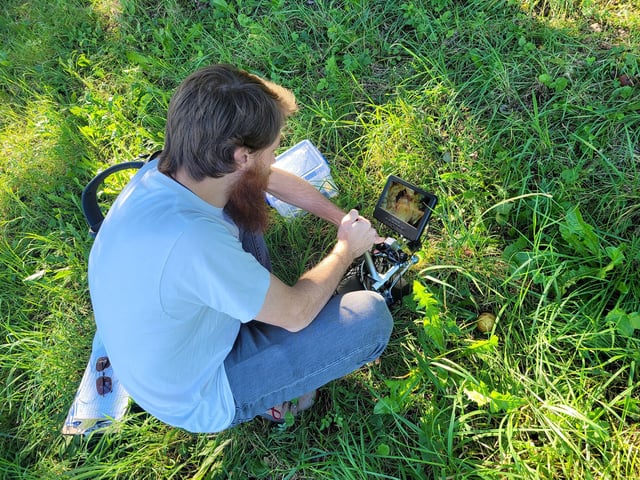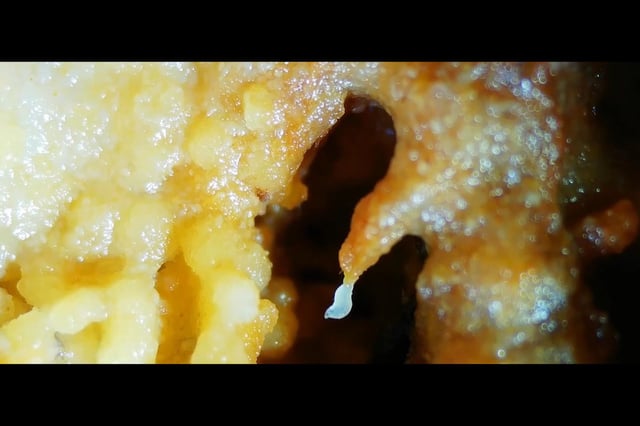Overview
- Researchers using digital microscopy in Konstanz documented the first videos of larval nematodes forming living towers on rotting fruit near the Max Planck Institute of Animal Behavior
- Towers exhibit coordinated upward orientation and respond to tactile stimuli, enabling them to grasp passing insects like fruit flies and bridge gaps to reach new substrates
- In laboratory trials, thousands of nematodes of all ages reliably built similar towers around a single toothbrush bristle on food-free petri dishes within hours
- The neural and chemical mechanisms underlying the worms’ synchronized movements and collective decision to assemble remain unknown and are the focus of ongoing research
- Scientists believe these findings offer a new model for studying the evolution of social cooperation and collective dispersal strategies in microscopic animals



